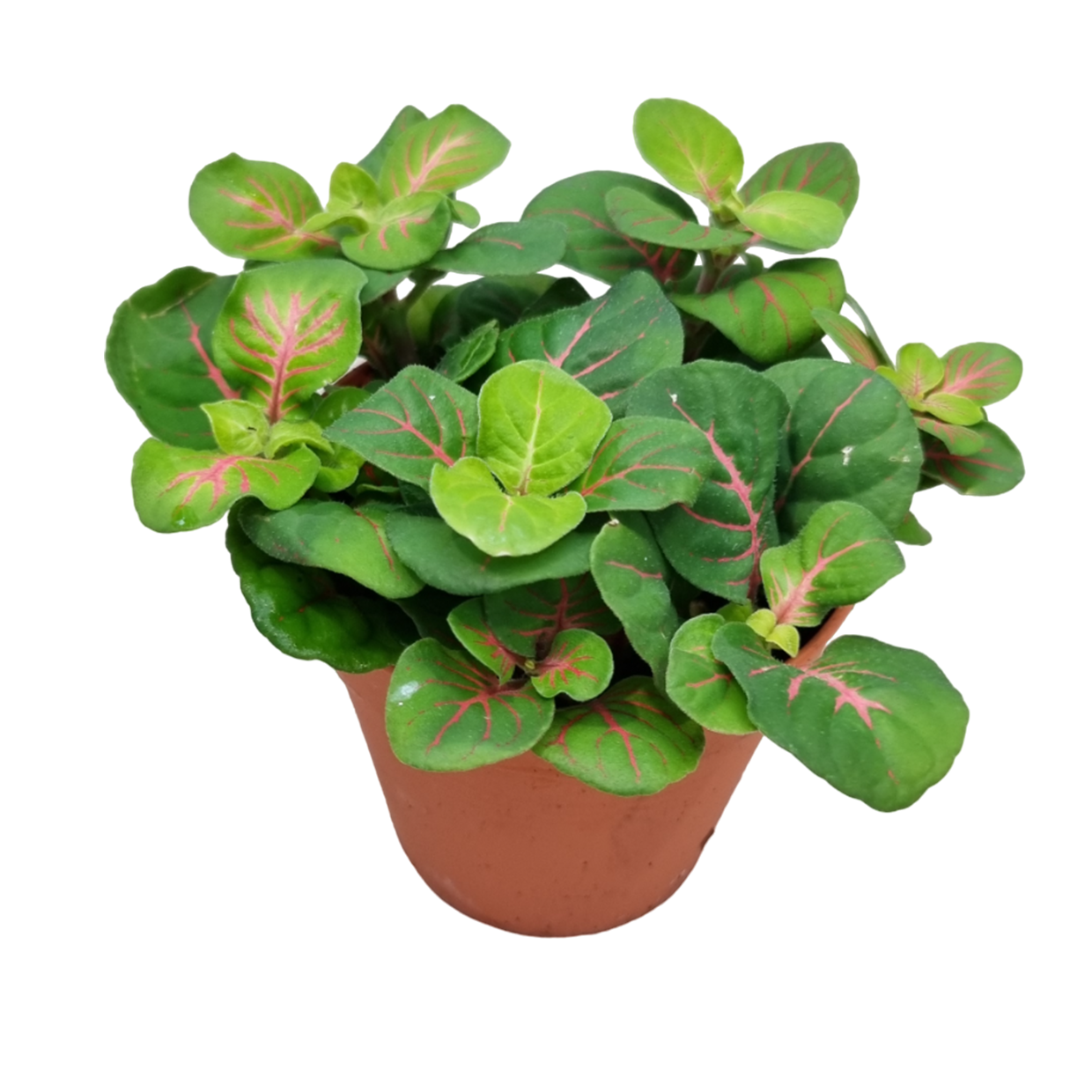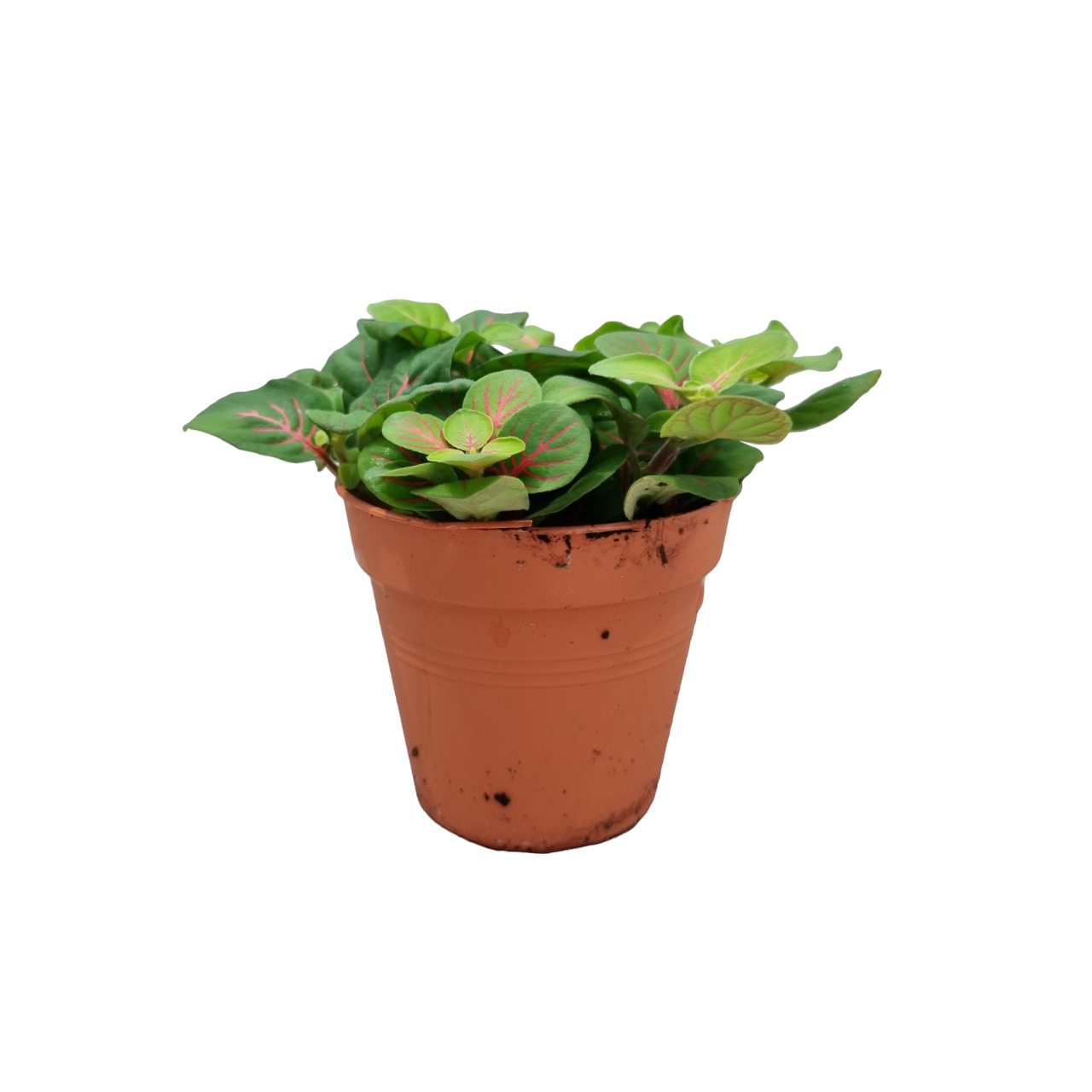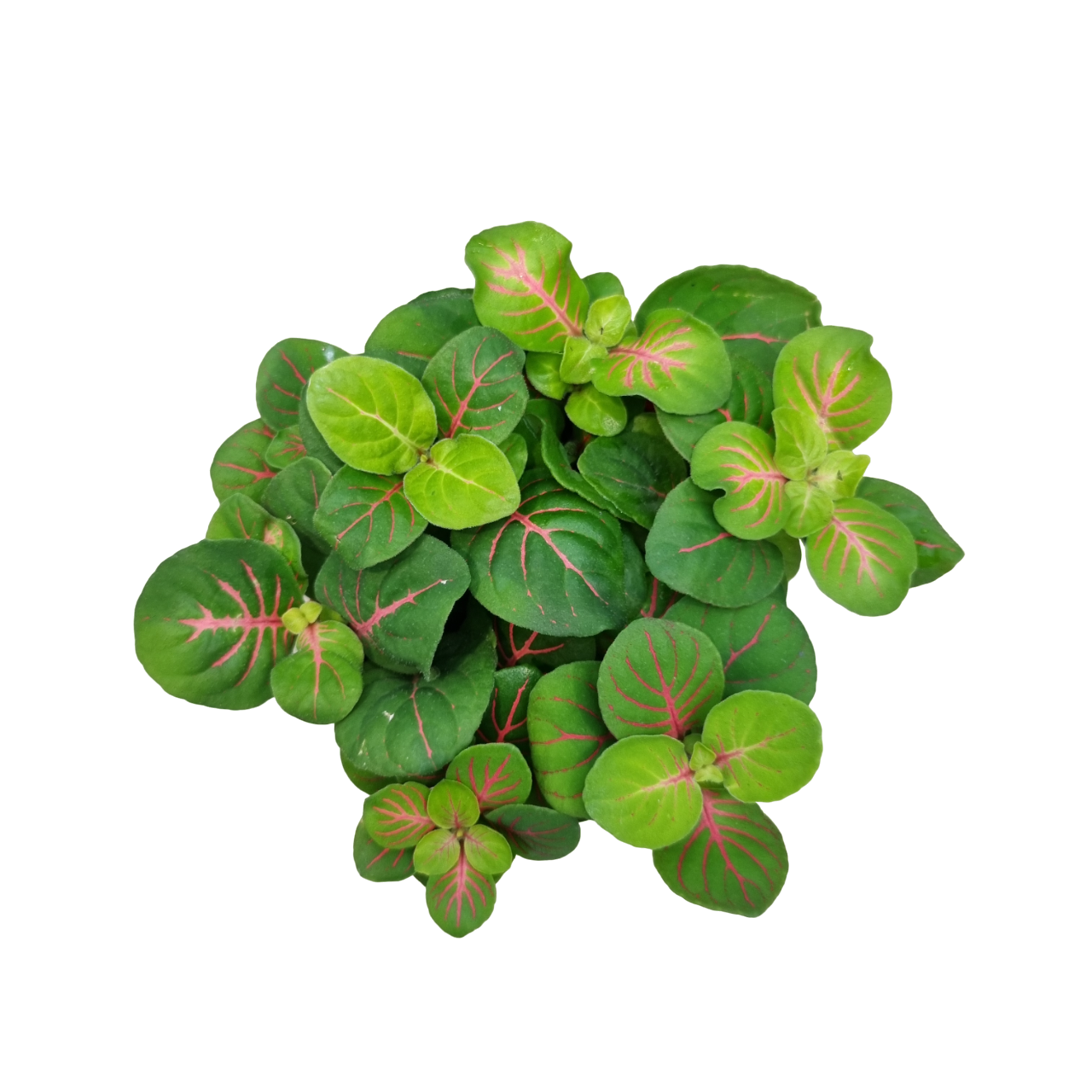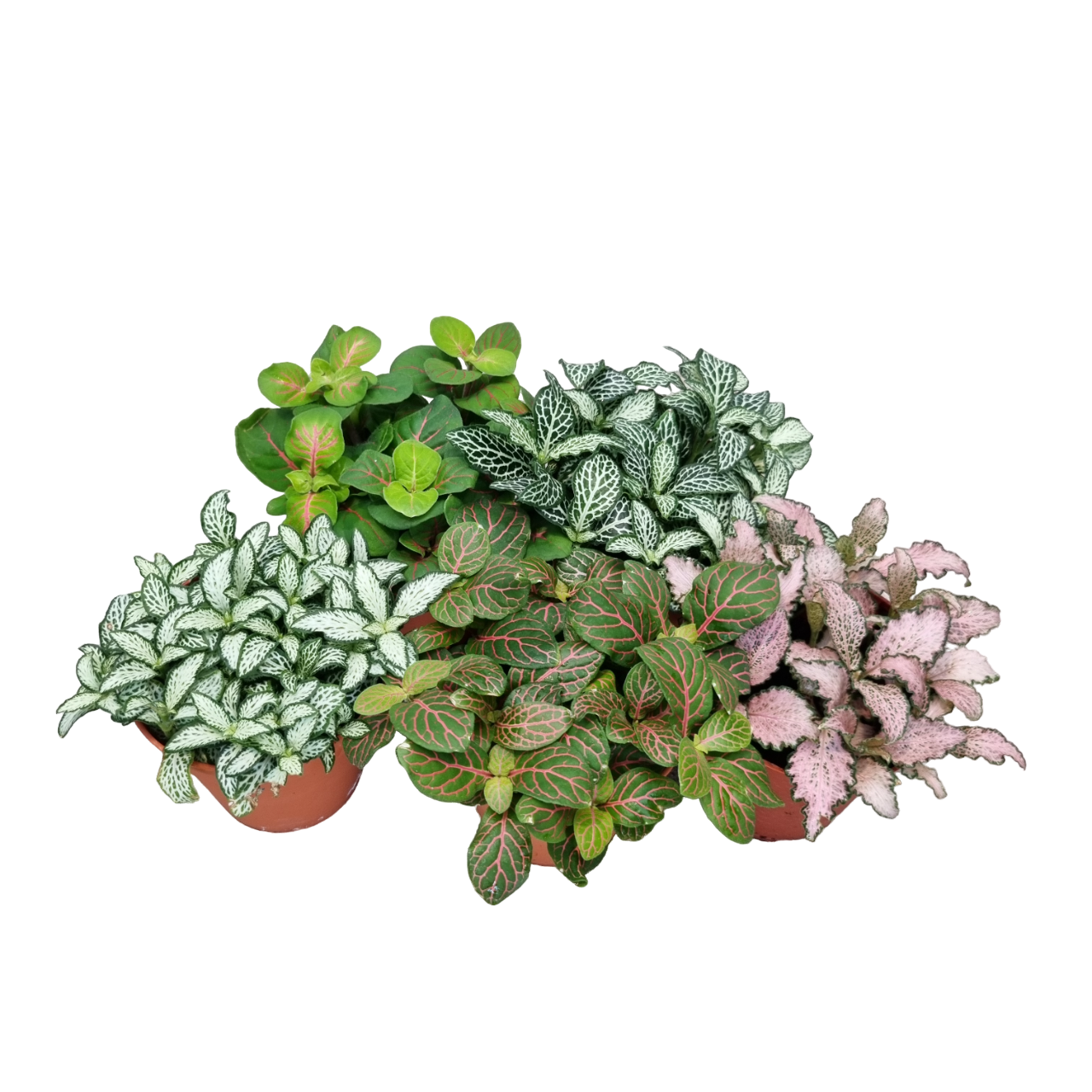- Home
- Shop
- Blog
- Happenings
- More/About
Company
Garden Centers
Information
Services
Online Stores
Company
Garden Centers
Information
FAQ
Membership
General Terms and Condition
Delivery Policy
Returns and Exchange Policy
Plant Policy
Privacy PolicyServices
Landscape Design,
Plant Rental and
DisplayOnline Stores
Lazada
Shopee
Amazon
Fairprice Online
- Home
- Shop
- Blog
- Happenings
- More/About
Company
Garden Centers
Information
Services
Online Stores
Company
Garden Centers
Information
FAQ
Membership
General Terms and Condition
Delivery Policy
Returns and Exchange Policy
Plant Policy
Privacy PolicyServices
Landscape Design,
Plant Rental and
DisplayOnline Stores
Lazada
Shopee
Amazon
Fairprice Online
World Farm
- You cannot add "Alocasia nebula 'Imperialis' (15cm pot)" to the cart because the product is out of stock.
Description
Plant Care Instruction
Common Ailments
Recommended Potting Media
Fertilising
Description
Fittonia albivenis, commonly known as the nerve plant, is a striking tropical perennial native to the lush rainforests of South America, particularly in regions like Peru. This captivating houseplant is renowned for its vibrant foliage, featuring broad, oval leaves with intricate veining that contrasts beautifully with its deep green background. The veins can appear in shades of white, pink, or red, creating a stunning visual display. Fittonia thrives in humid environments and is often used in terrariums, hanging baskets, or as a decorative indoor plant, making it a favourite among plant enthusiasts.
Plant Care Guide
Light Requirements: Fittonia prefers bright, indirect light but can tolerate low light conditions. Avoid direct sunlight, as this can scorch the leaves.
Soil Conditions: This plant thrives in a well-draining potting mix that retains some moisture. A mixture of peat, perlite, and compost is ideal for providing the necessary balance of drainage and moisture retention.
Watering: Keep the soil consistently moist but not soggy. Water the nerve plant when the top 2.5 cm of soil feels dry to the touch. Overwatering can lead to root rot, so it’s important to strike a balance between moisture and drainage.
Humidity: Fittonia loves high humidity and thrives in environments that mimic its tropical origins. Misting the leaves regularly or placing the pot on a tray filled with water and pebbles can help maintain humidity levels, especially in drier indoor settings.
Fertilising: Apply a balanced, water-soluble fertiliser to support healthy growth and vibrant foliage. A diluted solution is sufficient, as over-fertilising can lead to leaf burn.
Pest Management: Regularly check for pests such as aphids and spider mites. If infestations occur, treat promptly with insecticidal soap or neem oil. Ensuring good air circulation around the plant can help prevent pest problems.
Plant Care Instruction
Lighting: Bright Filtered Light
Watering: Water Moderately
Watering Frequency: When top layer of soil is dry
Common Ailments
Aphids: Aphids are tiny, pear-shaped insects that range in color from green to yellow to black. They feed on the sap of plants using their sharp, piercing mouthparts and can cause stunted growth, curling leaves, and other damage. They reproduce quickly and can form large colonies, making them a common pest in gardens and greenhouses..
Spider mites: These pests can cause leaves to appear stippled or yellowed, and the plant may lose its leaves. Spider mites thrive in dry conditions, so increasing humidity levels and regularly misting the plant can help prevent them..
Recommended Potting Media
HUA HNG Potting Mix.
Fertilising
THE MEDIUM SOIL CO Bio-Plus Granular Fertiliser NPK 8-8-8+3MgO: Every 3 Months.
Related products
-
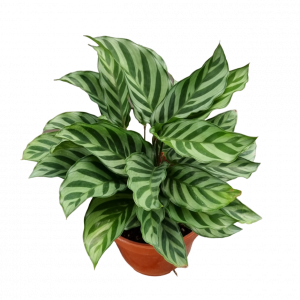
Calathea concinna ‘Freddie’ (Zebra plant) (15cm pot)
$10.00 Add to cartLike 0 likes -
OUT OF STOCK
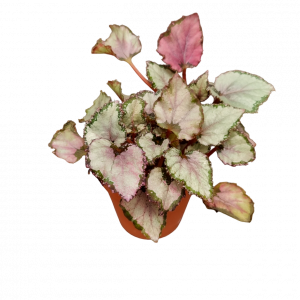
Begonia rex (Painted-leaf Begonia) 秋海棠叶 (8.5cm pot)
$4.86 Read moreLike 0 likes -
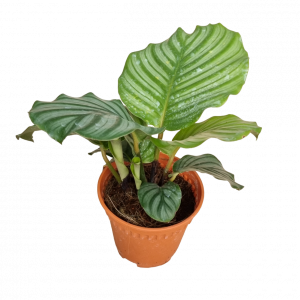
Calathea orbifolia (Orbifolia prayer plant) 苹果竹芋 (15cm pot)
$8.80 Add to cartLike 0 likes -
OUT OF STOCK
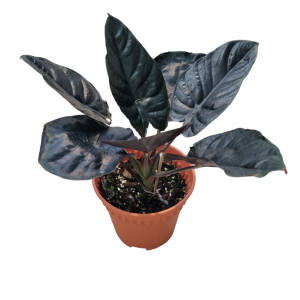
Alocasia infernalis (Black Magic) (15cm pot)
$11.88 Read moreLike 0 likes
Services
Garden Centres
Information
Copyright © 2023 Hua Hng Trading Pte Ltd | Copyright © 2023 World Farm Pte Ltd | All Rights Reserved


